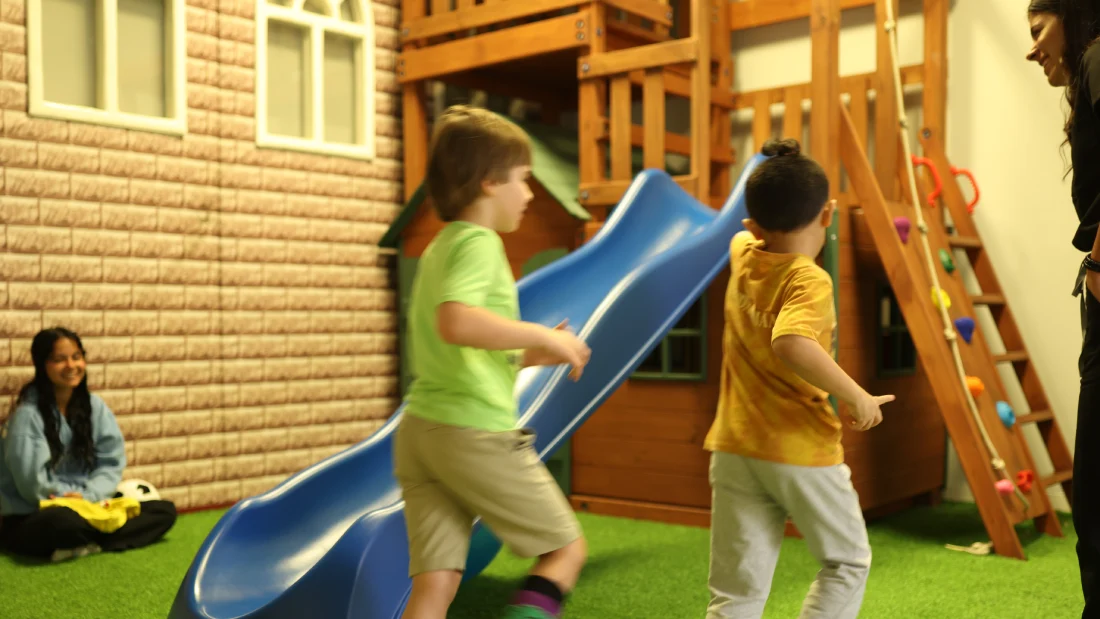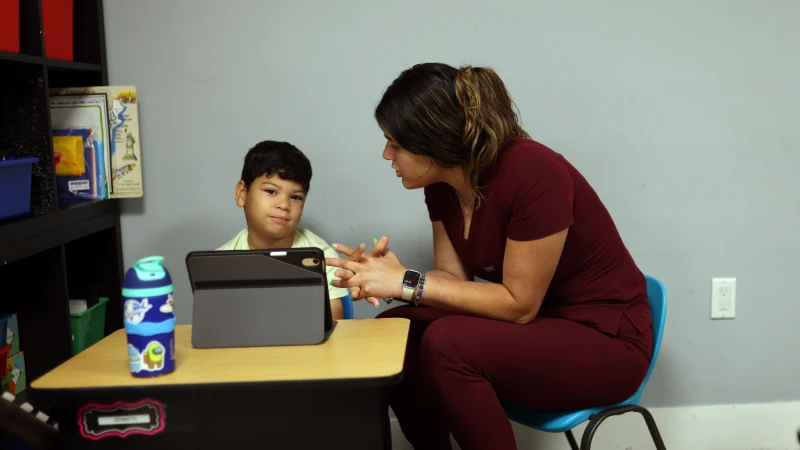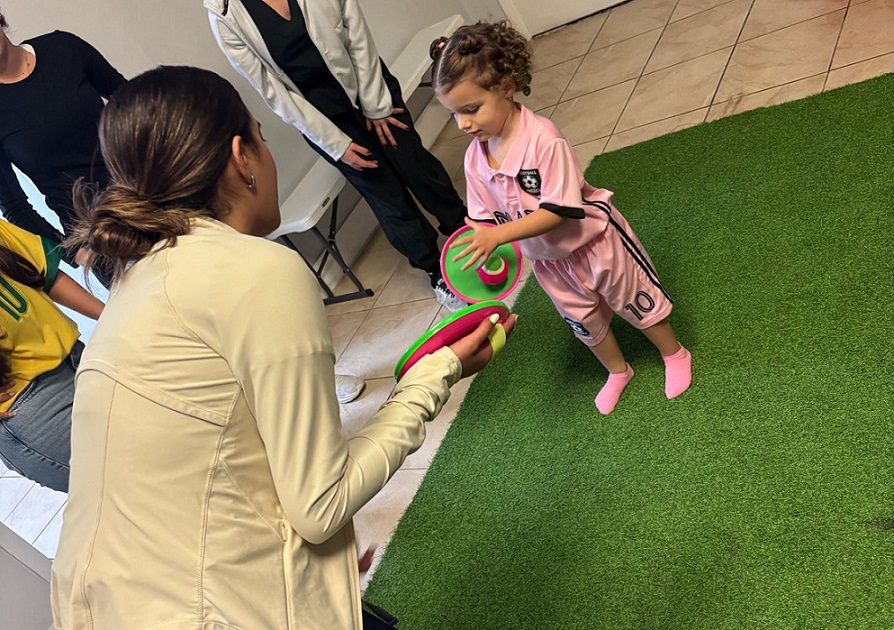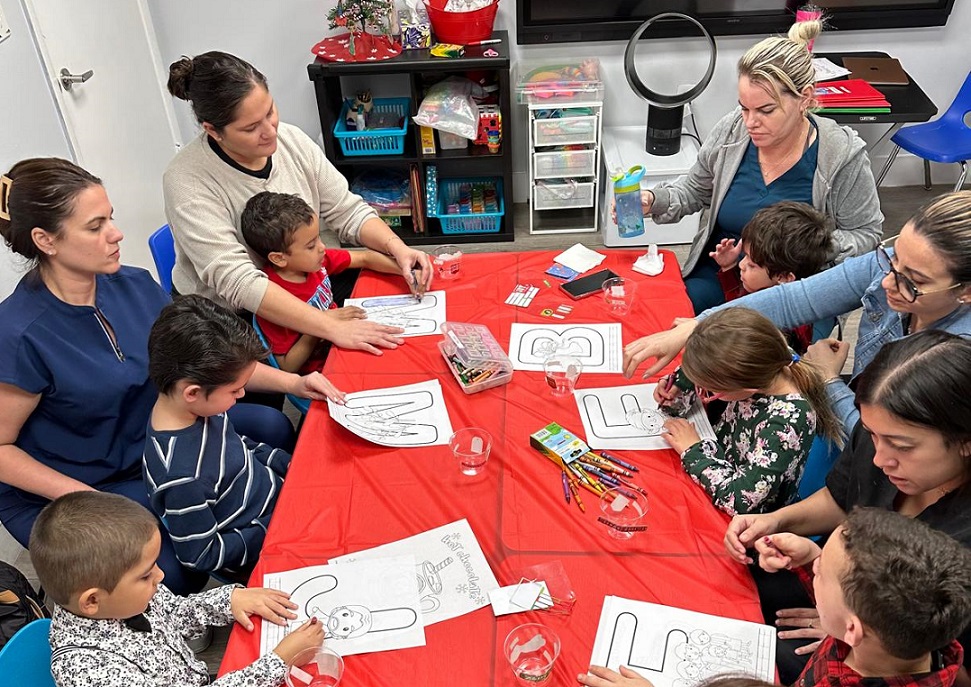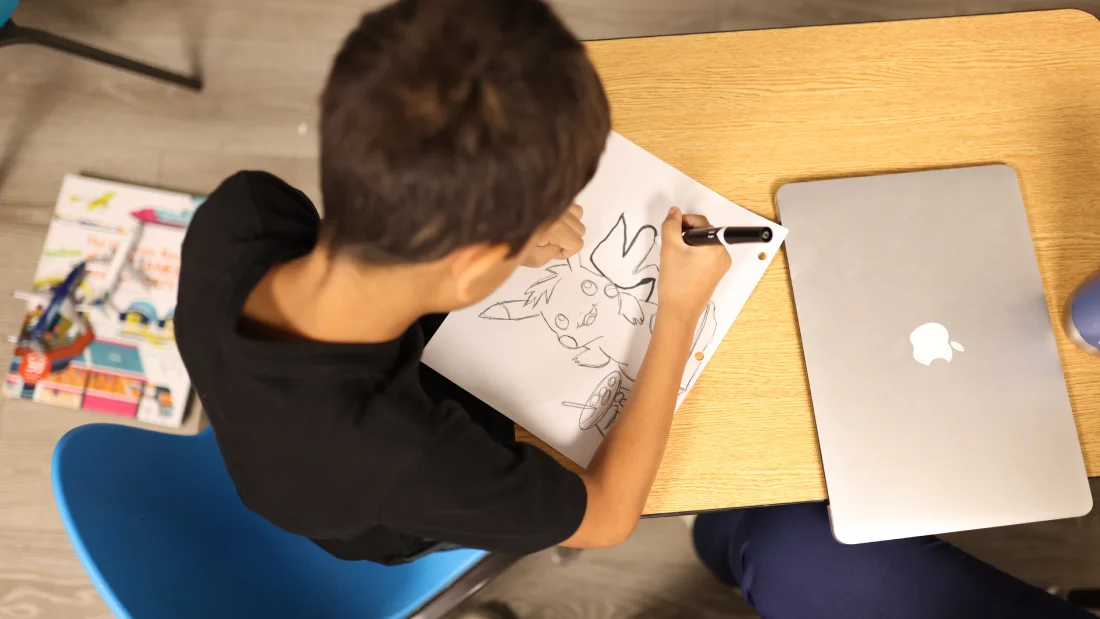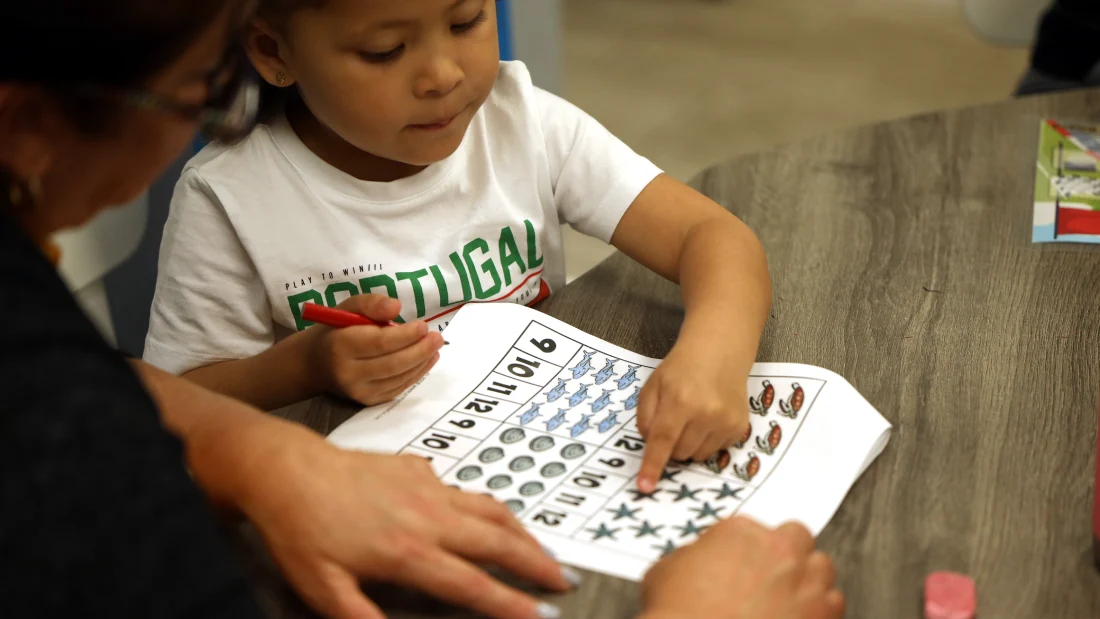Getting active from a young age is key to building healthy habits, and for kids with autism, it’s even more important. Exercise isn’t just about staying fit—it helps with motor skills, confidence, and emotional well-being.
According to Frontier in Pediatric study, more than 80% of kids with Autism Spectrum Disorder (ASD) struggle with coordination and muscle tone, making movement essential for their development. The right sports can improve balance, focus, and social skills while reducing stress and anxiety.
In this article, we’ll explore the best sports for kids with autism and share practical tips to help them stay active, engaged, and confident.
Key Benefits of Physical Activity for Autistic Children
Physical activity plays a crucial role in enhancing the overall well-being of children with Autism Spectrum Disorder (ASD). Regular exercise not only supports physical health but also contributes to emotional, social, and cognitive development.
Here are some of the most significant benefits:
- Easing Anxiety and Stress: Movement is a natural way to calm the mind. Exercise helps autistic children feel more relaxed, focused, and emotionally balanced, with research showing it can significantly reduce anxiety.
- Boosting Social Skills: Team sports and group activities provide a structured way to practice communication, teamwork, and empathy. This can be especially helpful for kids who find social interactions challenging.
- Providing Sensory Relief: Activities like swimming, yoga, and outdoor play help regulate sensory input, which can prevent sensory overload—a common challenge for children with ASD.
- Building Confidence: Mastering physical challenges, whether it’s learning to ride a bike or scoring a goal, gives kids a sense of accomplishment and boosts self-esteem.
But while the benefits are clear, getting autistic children involved in sports isn’t always easy. So, what are the challenges, and how can we help them succeed?
Sports for Kids with Autism: Overcoming the Challenges
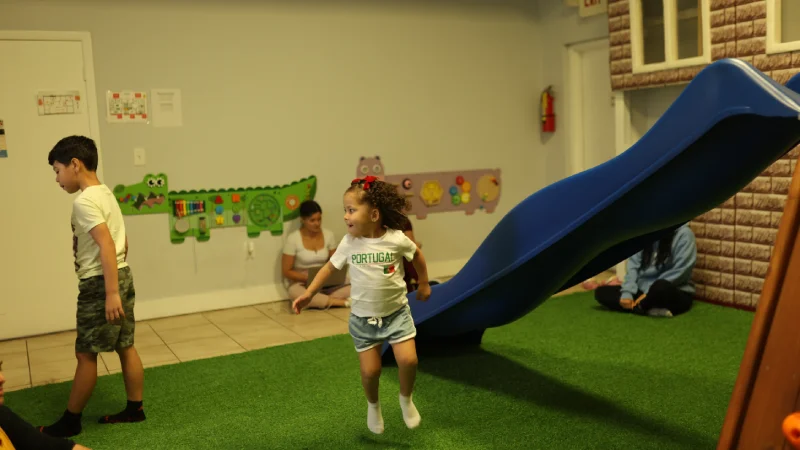
Only 12% of children with Autism Spectrum Disorder (ASD) engage in regular physical activity. This is a significant gap compared to their typically developing peers. Just 15 minutes of movement a day can make a big difference, but many children with ASD face significant obstacles when it comes to sports.
One of the biggest challenges is motor coordination. Many kids with autism struggle with hand-eye coordination and balance, making traditional team sports feel frustrating or intimidating. Social interactions can also be tough—understanding game rules, reading teammates’ cues, or handling the unpredictability of a match can make sports overwhelming.
That’s why guidance and support from an early age are so important. Helping kids find the right activities, offering patient coaching, and providing adaptive sports options can make all the difference.
Real-Life Success Stories
Sage Journal reports that in 2024 just under half (49%) of autistic adults currently participate in organized physical activities. However, many parents and educators have seen firsthand how sports can transform the lives of children with autism. Take Temple Grandin, for example—a well-known autism advocate who has spoken about how physical activity helped her manage sensory sensitivities and build confidence.
Then there’s Mikey Brannigan, a Paralympic gold medalist with autism. He discovered his love for running through structured sports programs designed to support his abilities. With the right environment, kids with ASD can find joy and success in sports, just like Mikey did.
Best Sports for Kids with Autism
Finding the right sport can make all the difference for children with autism. Here’s a list of some of the most recommended physical activities, based on their benefits for motor skills, sensory processing, and social development.
1. Swimming
One of the most recommended sports for autistic children, swimming provides sensory relief, improves coordination, and strengthens muscles. The water’s resistance helps with motor planning while offering a calming effect.
2. Martial Arts
Sports like karate or judo enhance discipline, focus, and balance. The structured, repetitive movements help autistic children develop motor skills and self-control in a predictable environment.
3. Horseback Riding (Equine Therapy)
This activity builds confidence, improves posture, and enhances motor skills. The rhythmic motion of the horse provides sensory input that can help with self-regulation.
4. Track and Field
Running, jumping, and throwing develop endurance and motor planning skills. It’s a great option for kids who prefer individual activities over team sports.
5. Cycling
Riding a bike strengthens core muscles, improves balance, and provides a sense of independence.
6. Gymnastics
This sport enhances flexibility, body awareness, and strength while encouraging focus and determination.
7. Basketball
Encourages teamwork, improves hand-eye coordination, and helps develop motor planning. While it may be challenging, modified versions of the game can be beneficial.
8. Soccer
Helps develop coordination, agility, and teamwork. Some children with ASD may prefer adapted soccer programs that focus on skill-building rather than competition.
Other Beneficial Physical Activities
If traditional sports don’t seem like the right fit, these activities offer great alternatives:
- Yoga: Enhances flexibility, relaxation, and body awareness while promoting emotional regulation.
- Trampoline Therapy: Improves balance, coordination, and sensory integration in a fun, engaging way.
- Hiking/Nature Walks: Provides a calming sensory experience while promoting endurance and physical strength.
- Dancing: Encourages rhythm, coordination, and self-expression through movement and music.
Encouraging children with autism to participate in physical activities isn’t just about fitness—it’s about improving their quality of life. Finding the right sport or activity tailored to their strengths and interests can make movement an enjoyable and rewarding experience.
The Role of Physical Activity and Sports in Autism Therapy
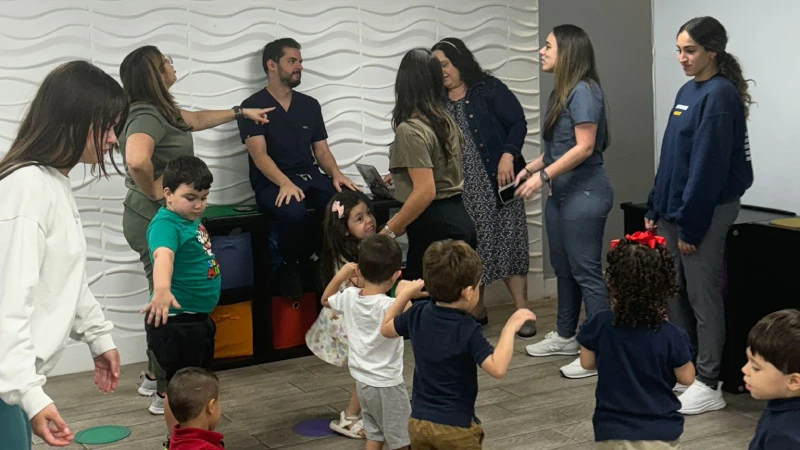
Traditional autism therapies primarily focus on speech, social skills, and behavior management, but structured physical activity is often overlooked. With the increasing use of digital devices, many autistic children spend long hours sitting, leading to a more sedentary lifestyle.
However, physical activity is more than just exercise—it’s a powerful tool for development. Beyond improving physical health, it plays a crucial role in enhancing social skills. Through structured play and sports, autistic children can learn essential skills such as:
- Taking turns
- Role-playing
- Verbal and non-verbal communication
- Following social rules
Breaking activities into small steps and incorporating visual supports can make learning these skills more accessible. Additionally, regular physical activity has been shown to improve:
- Motor skills
- Attention span
- Communication abilities
- Academic performance
From yoga to dance, nearly any movement-based activity can help develop both social and motor skills. Making exercise a consistent part of a child’s routine at home fosters independence, confidence, and overall well-being.
Koala ABA & Learning Centers: Integrating Movement into Autism Therapy
Engaging autistic children in physical activity requires expertise and a personalized approach. At Koala ABA & Learning Centers, we integrate movement into our Applied Behavior Analysis (ABA) therapy to support motor skill development and social growth.
Our Approach:
- Structured Routines: We create predictable schedules to help children feel secure and engaged.
- Simplified Communication: Using clear instructions and visual aids enhances understanding.
- Positive Reinforcement: Encouraging participation through personal interests and rewards fosters motivation.
Additionally, our Occupational Therapy program is designed to improve cognitive, physical, and social skills. By incorporating sports and movement-based activities, we help children develop:
- Gross and fine motor skills
- Balance and coordination
- Independence in daily tasks
By blending physical activity with ABA and Occupational Therapy, we empower autistic children to build essential life skills while staying active and engaged.
Final Thoughts: Encouraging an Active Future
Regular physical activity should be a key part of every autistic child’s routine. It not only improves physical health but also strengthens social skills, reduces stress, and builds confidence.
Parents and caregivers play a crucial role in fostering an active lifestyle. By supporting and participating in sports and physical games, families can strengthen bonds while helping their children thrive.
At Koala ABA & Learning Centers, we are committed to helping autistic children reach their full potential through structured, engaging, and inclusive physical activities. Together, we can create a healthier, happier future for every child.


